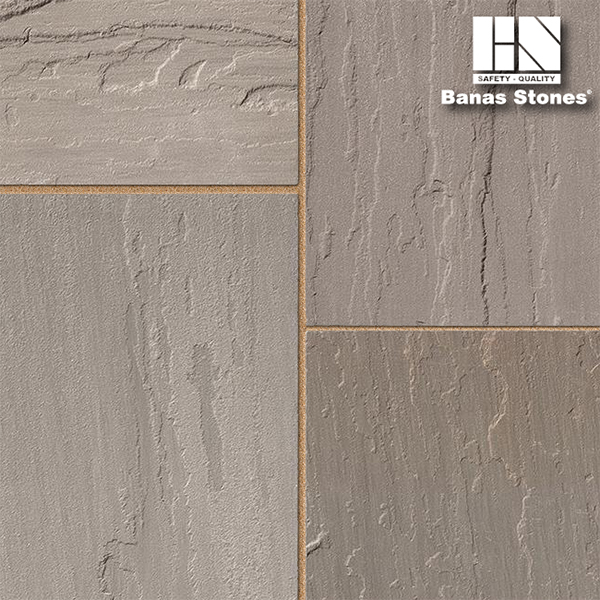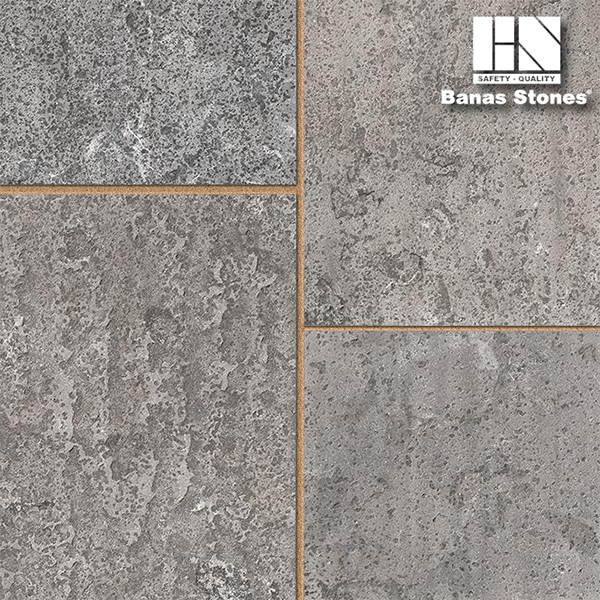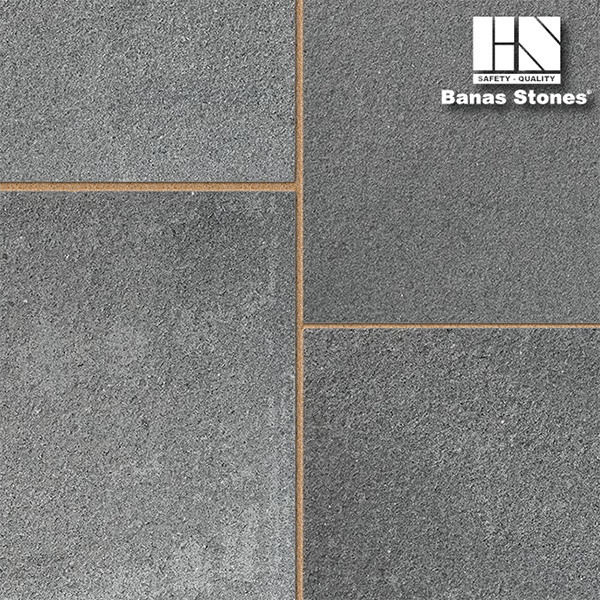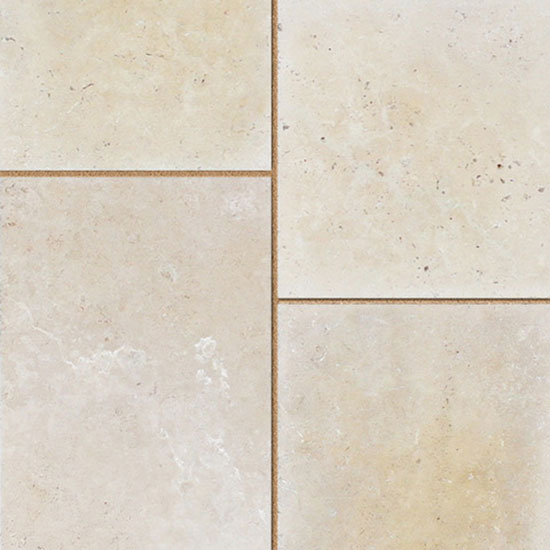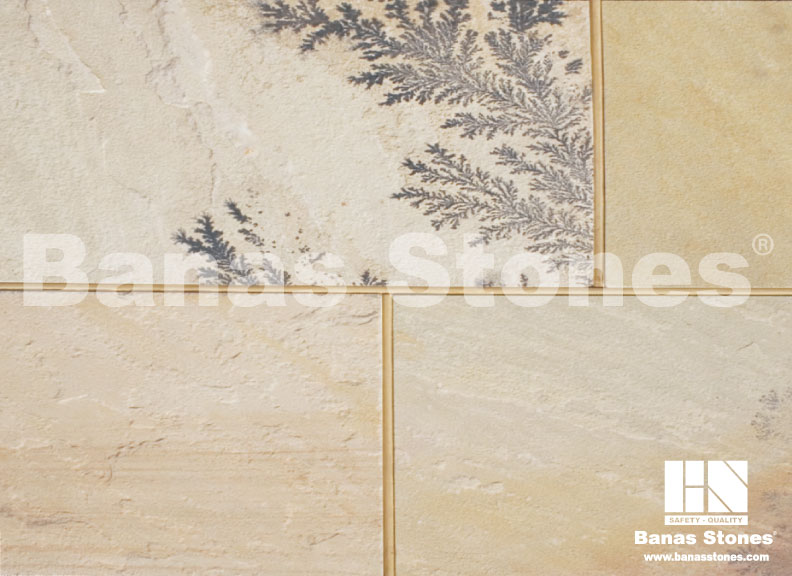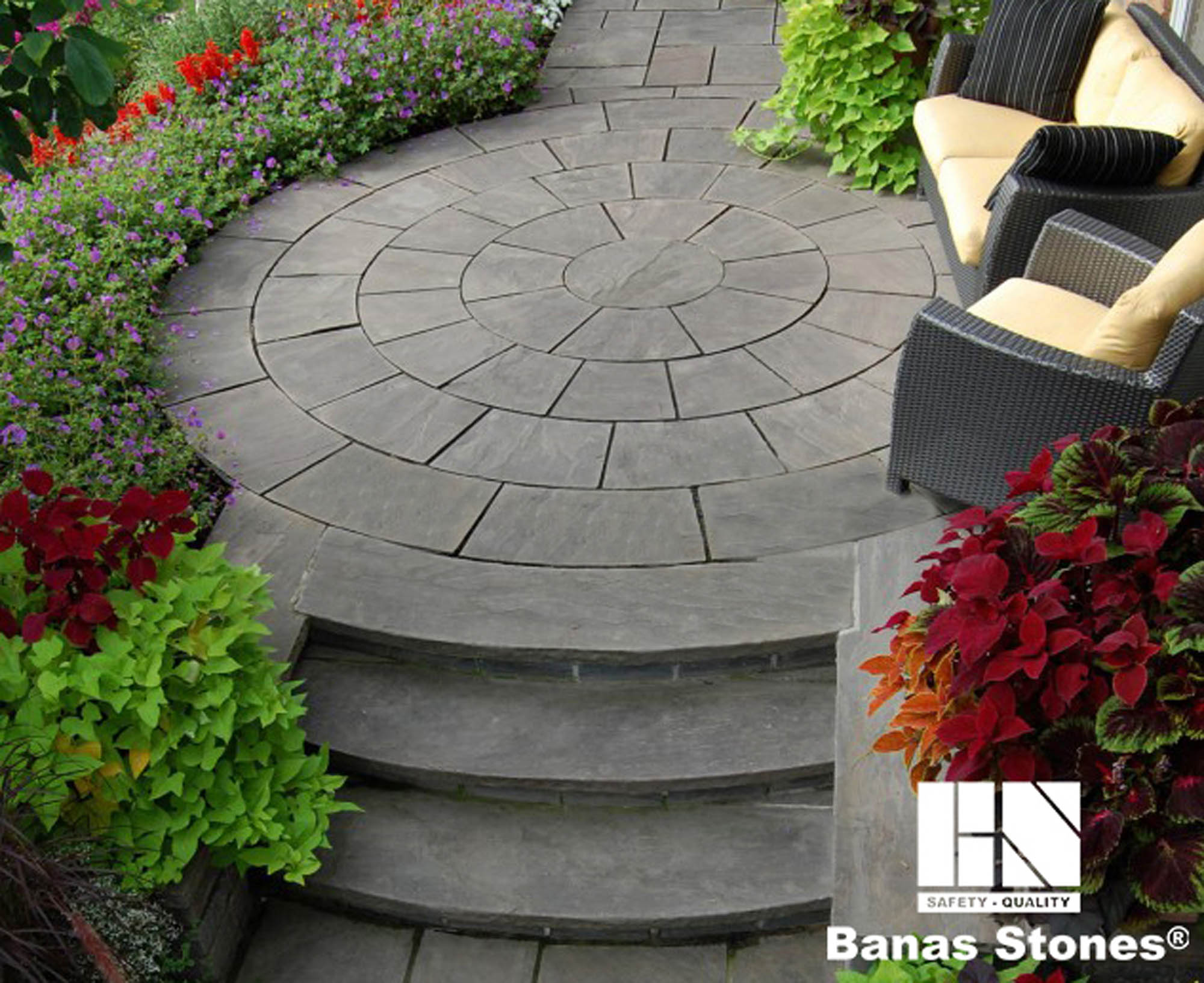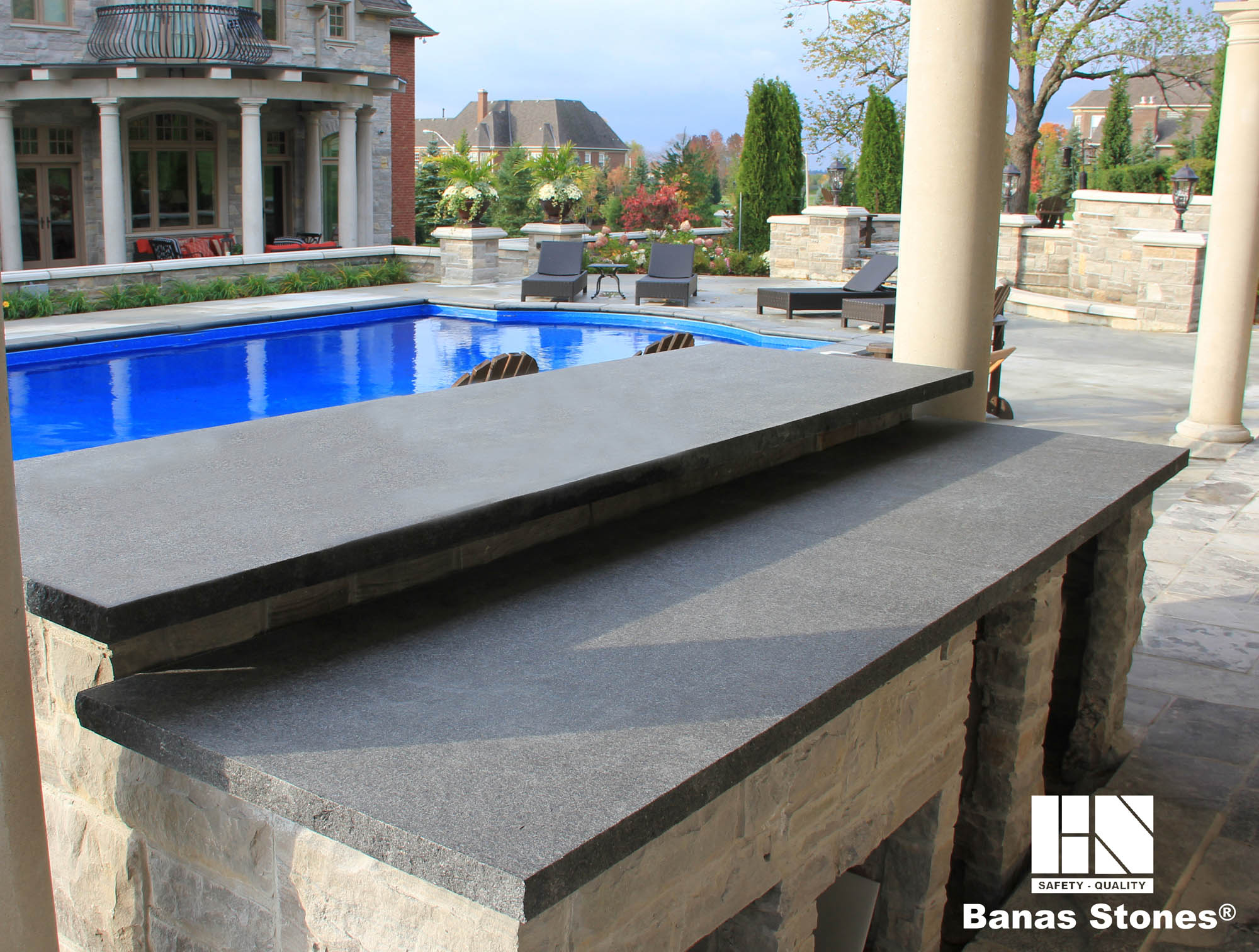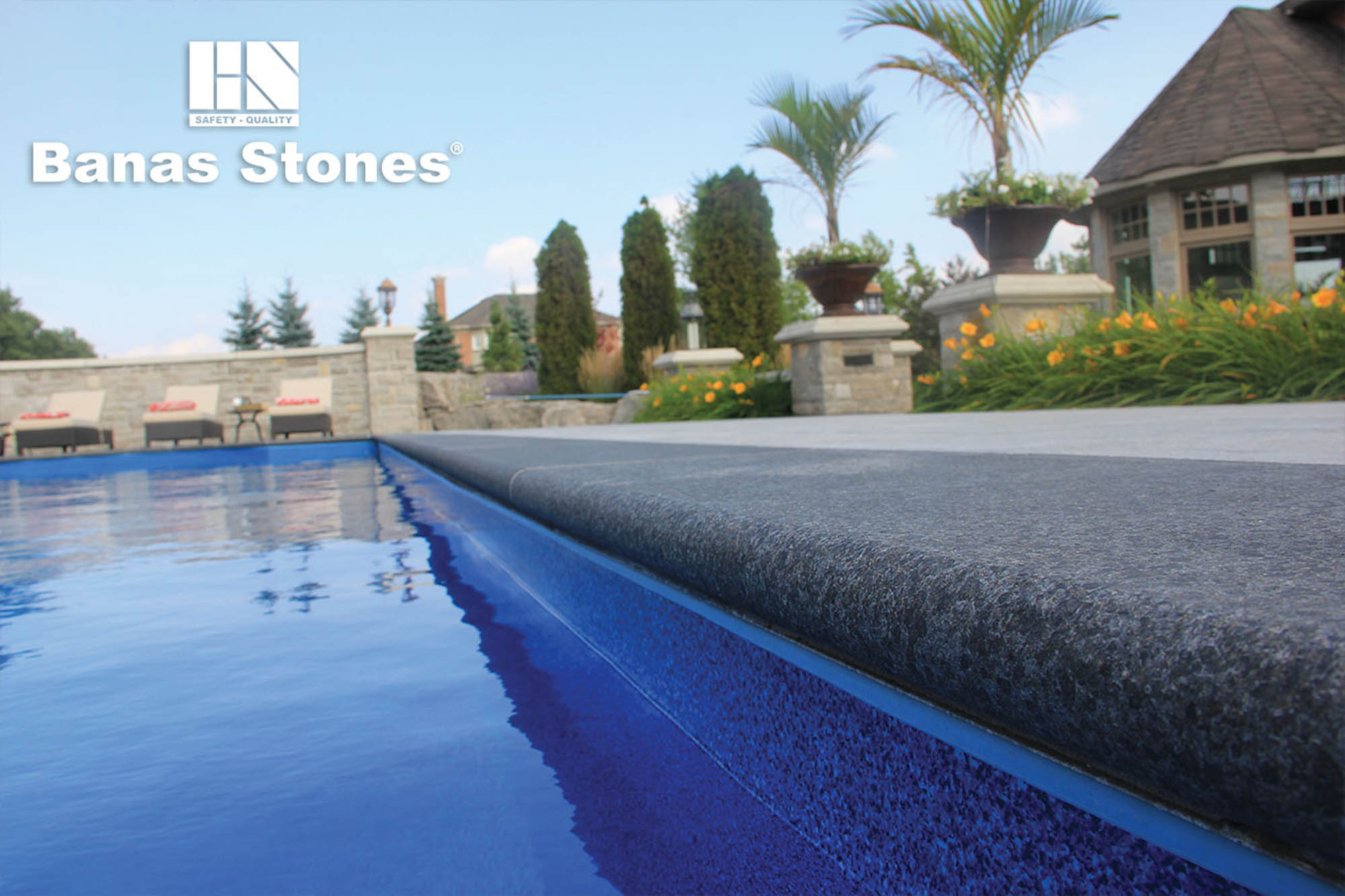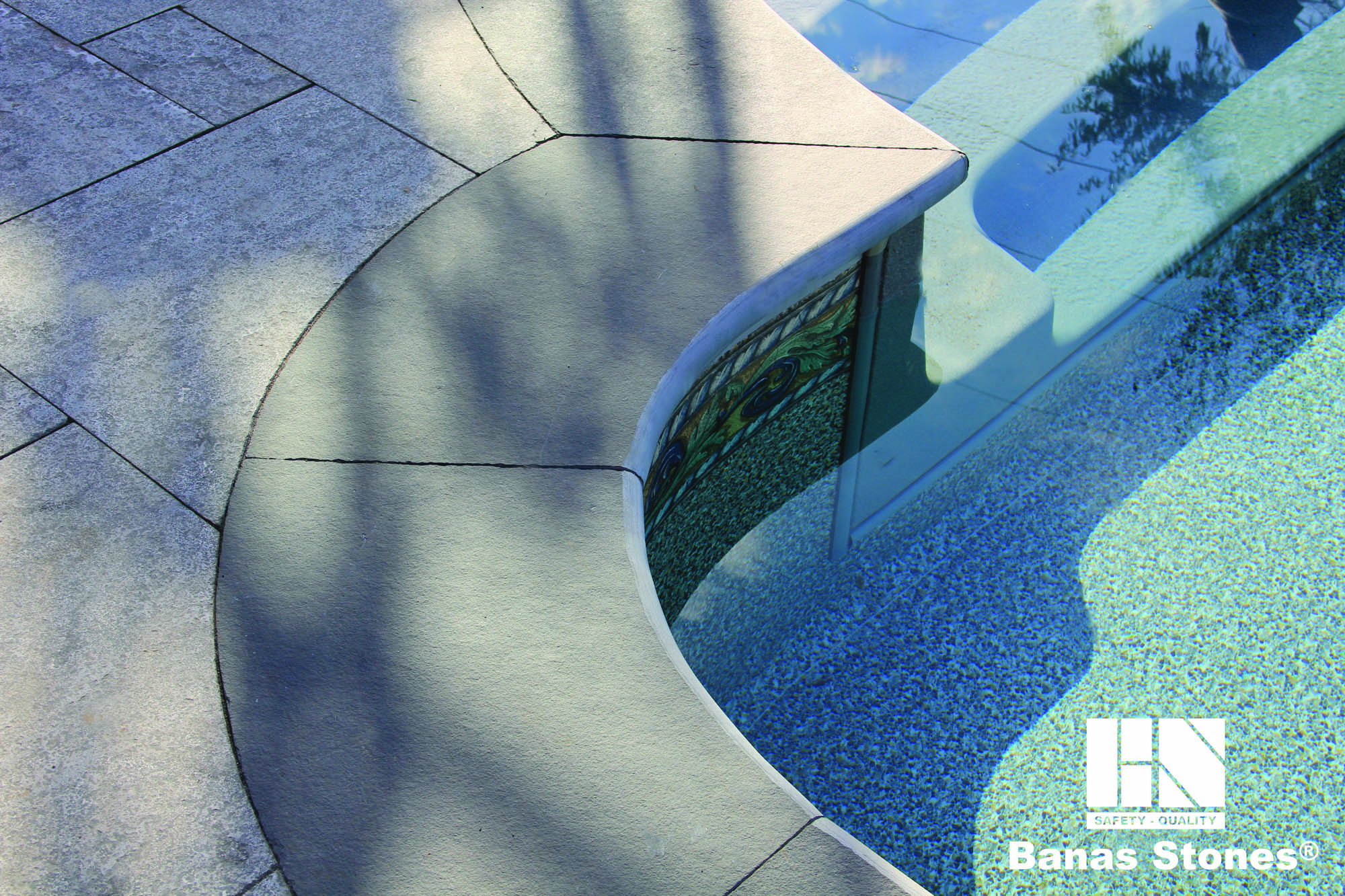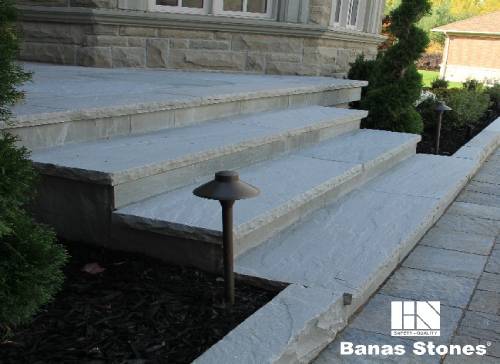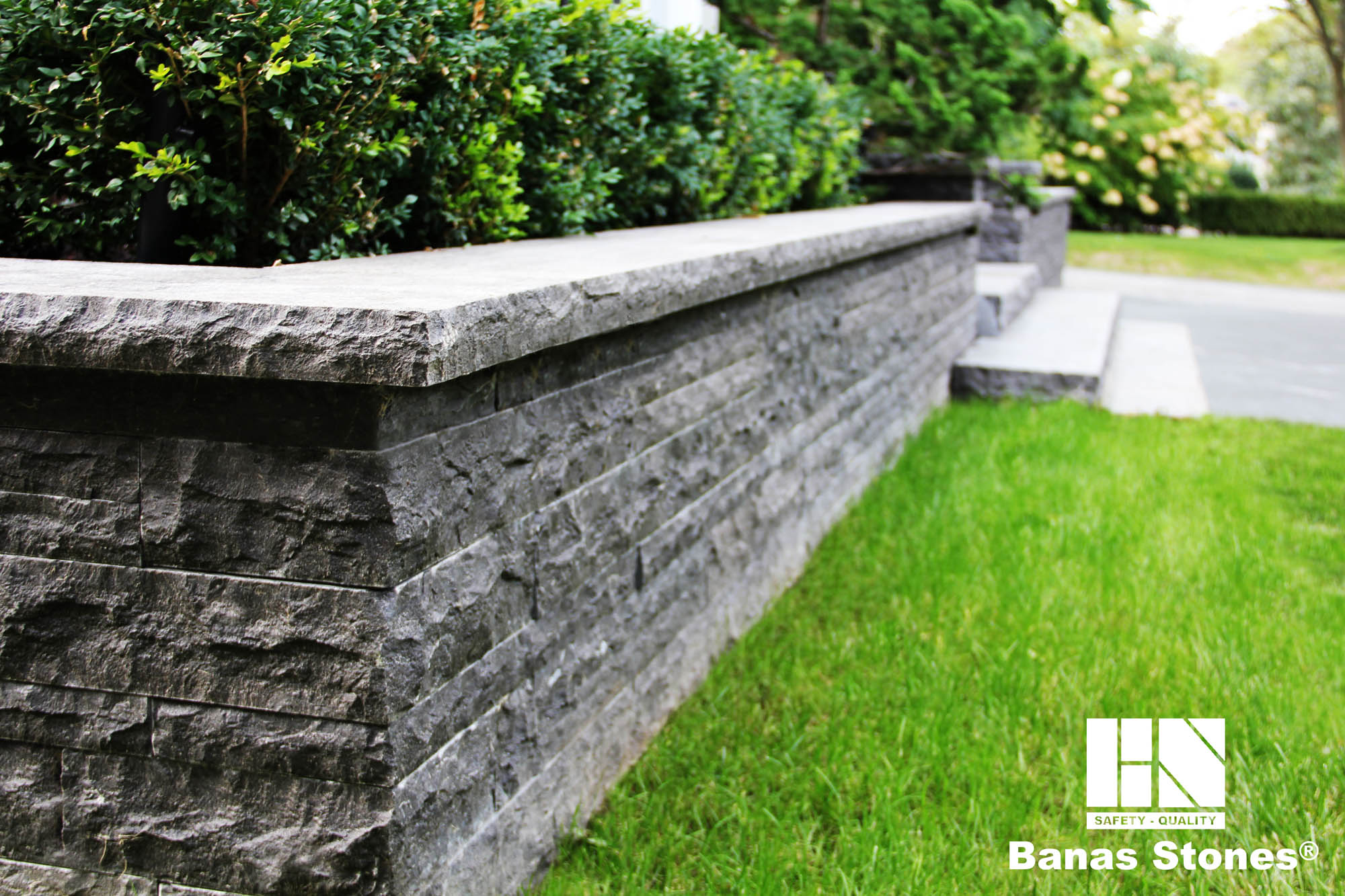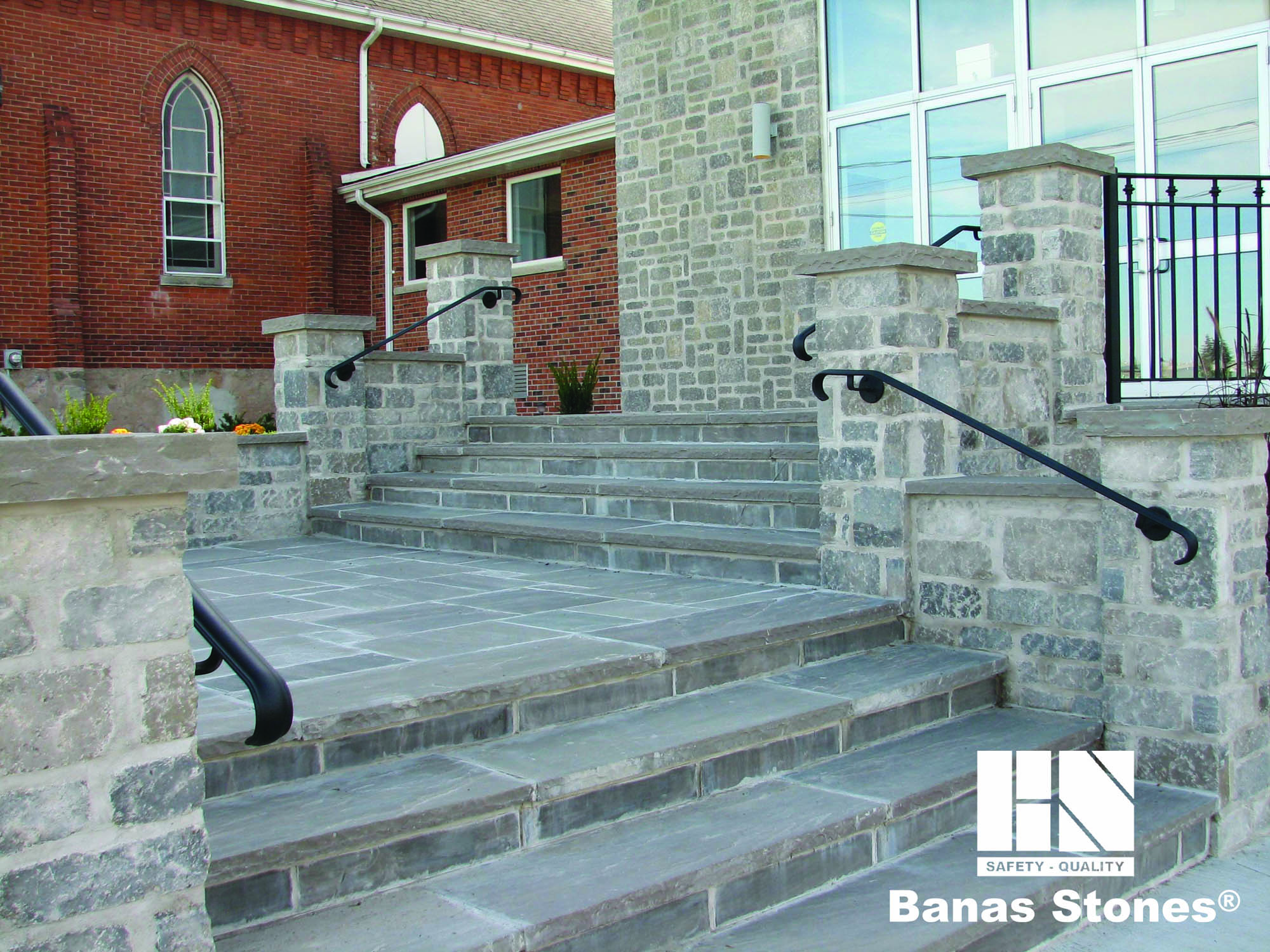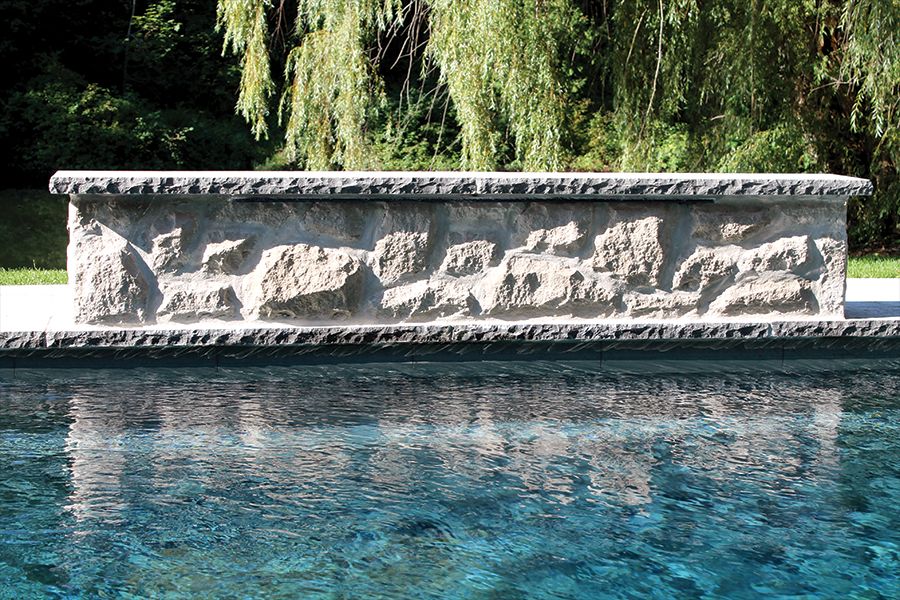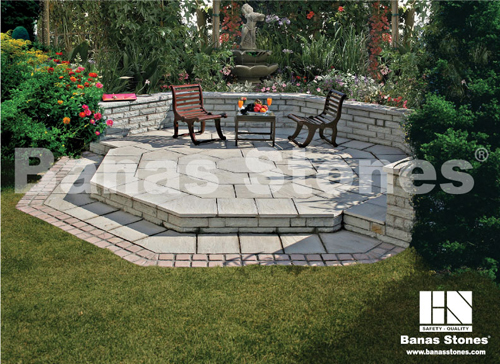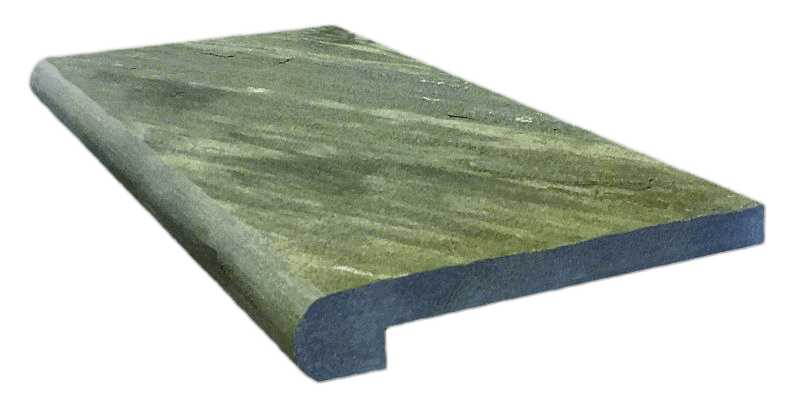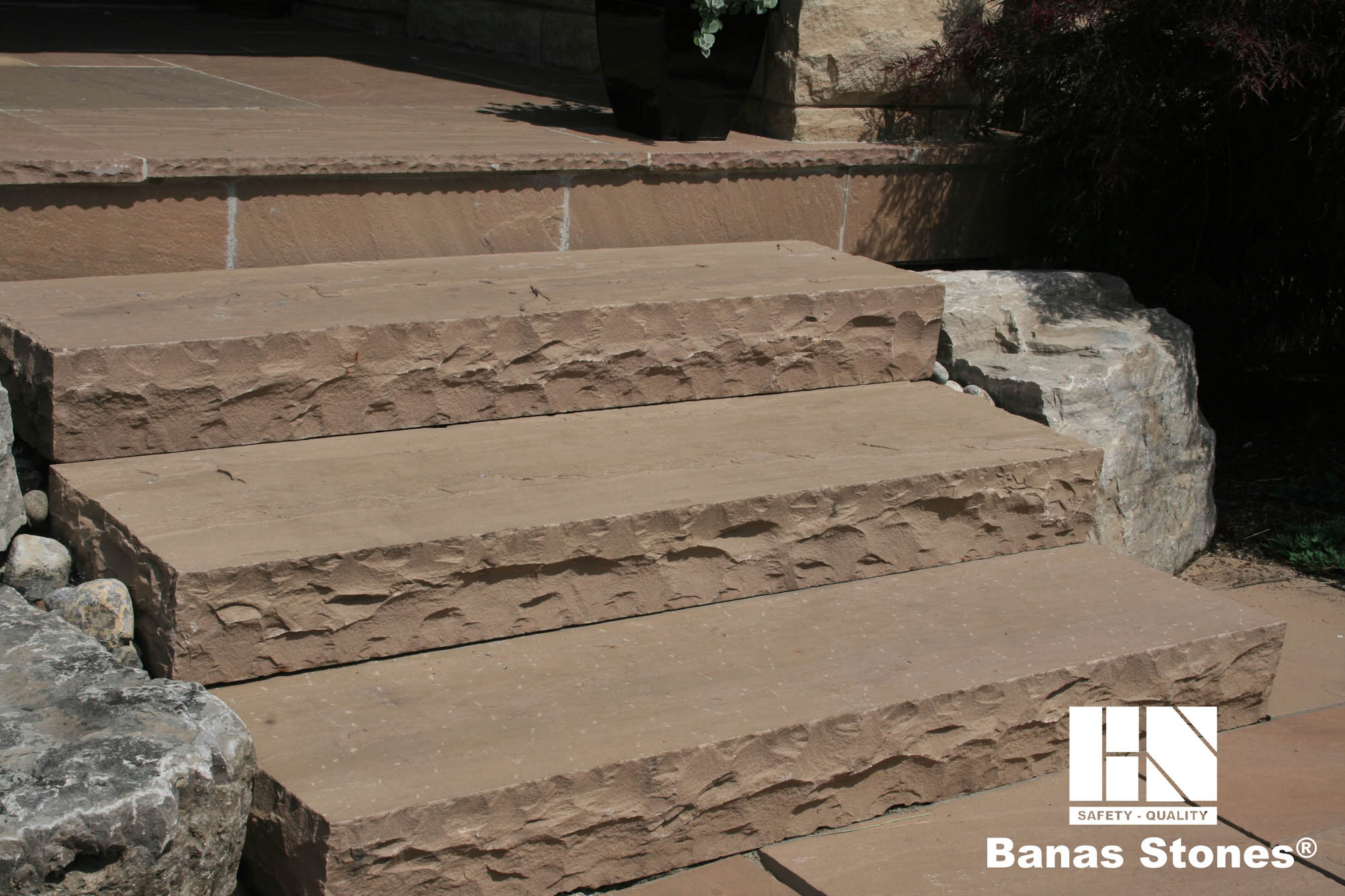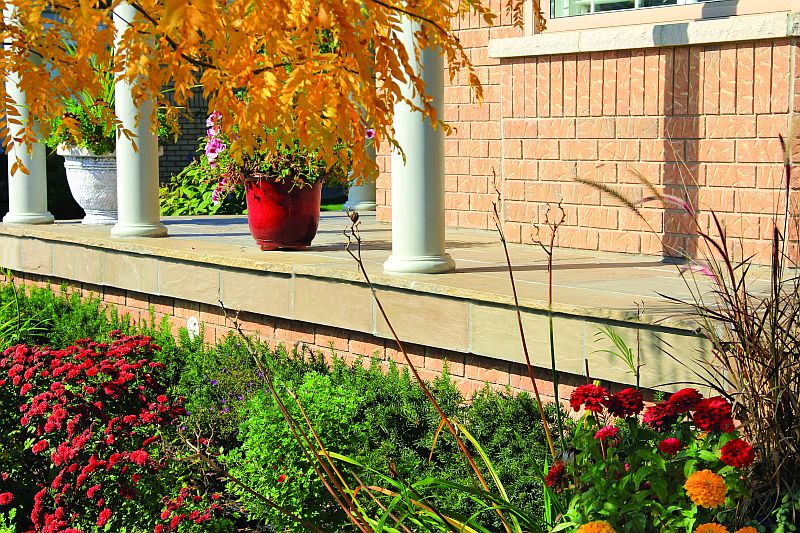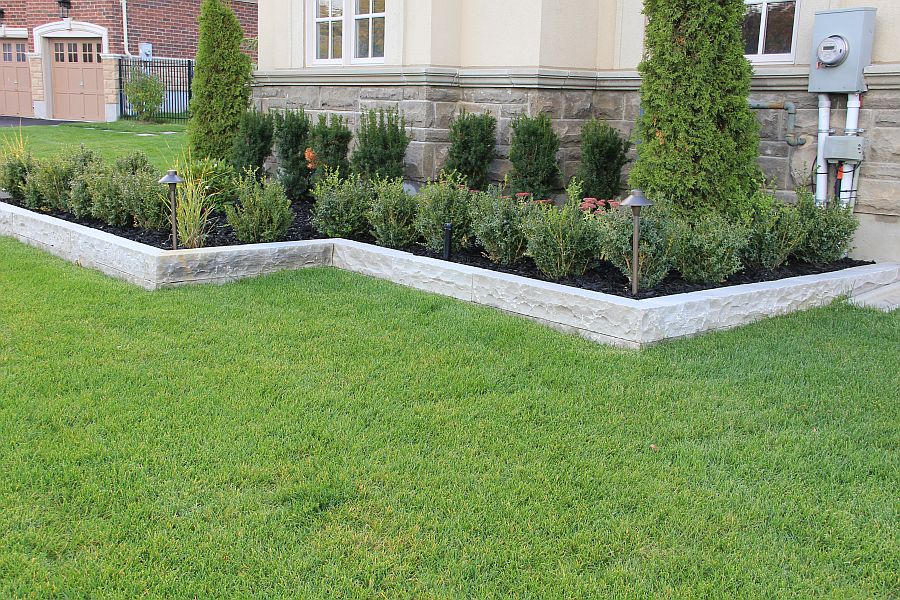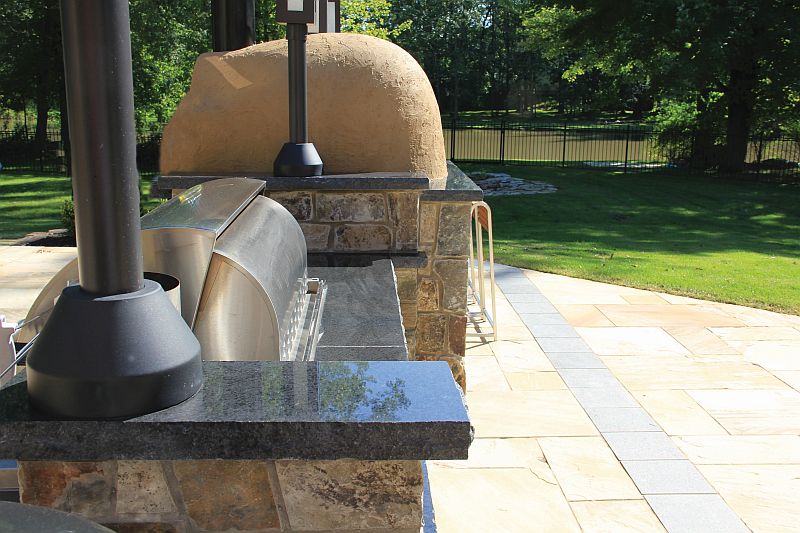Choosing a suitable natural stone can significantly impact your venture’s aesthetic appeal, durability, and overall success when starting a landscaping or building project. Limestone stands out Among the myriad options, but how does it compare to other natural stones? Let’s delve into limestone’s characteristics, benefits, and potential drawbacks in contrast to other popular natural stones like granite, marble, and sandstone.
Understanding Limestone
The main component of limestone, a sedimentary rock, is calcium carbonate. It’s formed over millions of years from shell, coral, algal, and fecal debris accumulation in marine environments. Here are some key attributes of limestone:
Appearance: Limestone is available in various colors, from creamy whites to grays and beiges. It often features subtle veining and fossilized patterns, which add to its natural beauty.
Texture: Its fine-grain texture gives it a smooth, soft look and feel, making it a popular choice for interior and exterior applications.
Durability: While relatively softer than granite, limestone is still quite durable and can withstand weathering and wear when properly maintained.
Workability: Limestone is more accessible to cut and shape than harder stones, making it a preferred material for intricate architectural details and sculptures.
Comparing Limestone to Other Natural Stones
Granite
Granite is an igneous rock known for its hardness and variety of colors and patterns.
Durability: Granite is one of the hardest stones found in nature is granite. It is perfect for high-traffic areas and heavy-use surfaces because of its exceptional resistance to stains and scratches.
Appearance: Granite offers a broad spectrum of colors, with unique patterns formed by mineral crystals. Its glossy finish can make any space look luxurious.
Maintenance: It needs to be sealed frequently to avoid stains and maintain its aesthetic.
Cost: Generally more expensive due to its durability and aesthetic qualities.
Best for: Kitchen countertops, flooring in high-traffic areas, and exterior cladding.
Marble
Marble, a metamorphic rock, is prized for its elegant veining and smooth, polished finish.
Durability: Softer than granite, more prone to scratches and etching, especially from acidic substances.
Appearance: Renowned for its luxurious appearance, intricate veining and wide range of colors.
Maintenance: Requires frequent sealing and careful maintenance to avoid staining and etching.
Cost: Typically higher than limestone due to its aesthetic appeal and more complex quarrying process.
Best for: Bathroom vanities, decorative features, and flooring in low-traffic areas.
Sandstone
Sandstone is another sedimentary rock, often used for its rustic charm and various colors.
Durability: It is less durable than granite but comparable to limestone. It can withstand weathering but may erode over time if not properly maintained.
Appearance: Features a range of earthy tones, from reds and browns to yellows and grays. Its grainy texture adds a natural, rustic appeal.
Maintenance: Requires sealing to protect against stains and water absorption.
Cost: Generally affordable, though high-quality sandstone can be pricier.
Best for: Outdoor patios, garden paths, and facades.
Why Choose Limestone?
Versatility and Aesthetic Appeal: Limestone’s subtle beauty and versatility make it an excellent choice for various applications, from flooring and wall cladding to garden paths and pool surrounds. Its natural, muted tones can complement multiple design styles, from classic to contemporary.
Workability and Customization: Limestone’s relative softness compared to granite and marble makes it easier to work with, allowing for more intricate designs and detailed finishes. This quality is advantageous for custom architectural elements, such as columns, barriers, and moldings.
Affordability: Limestone is often more affordable than other premium natural stones like marble and granite, making it a cost-effective option for large-scale projects without compromising elegance and durability.
Eco-Friendly Choice: Limestone is an environmentally friendly natural material. Compared to synthetic materials, it produces less environmental impact during production, and at the end of its life cycle, it can be recycled or used again.
Choosing the suitable natural stone for your project depends on a balance of aesthetic preferences, functional requirements, and budget considerations. Limestone stands out for its natural beauty, versatility, and workability, making it a fantastic option for many applications. However, granite might be more suitable for areas requiring extreme durability, while marble offers unmatched elegance for low-traffic, visually prominent spaces. Sandstone, with its rustic charm, is perfect for outdoor settings. Evaluate your project’sproject’s specific needs to make the best choice, ensuring a beautiful and enduring result.
For premium-quality limestone and other natural stones, consider exploring Banas Stones’ offerings. There, you’ll find an extensive selection to meet all your project needs.

